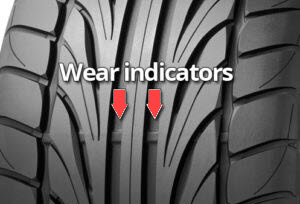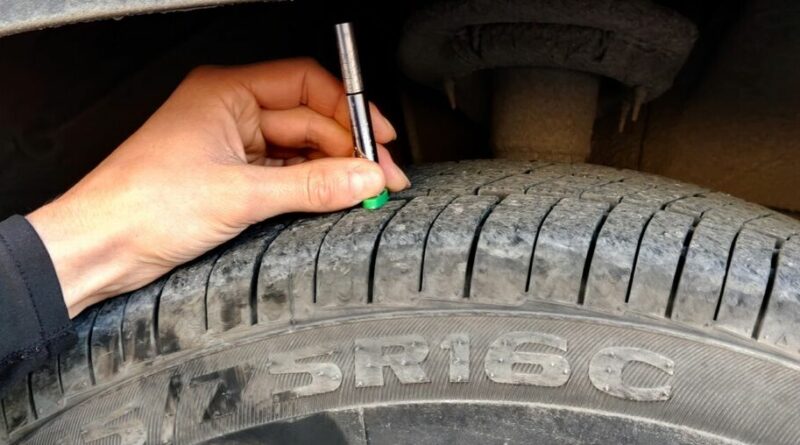A Guide How to Check Tire Tread Depth
Here’s a comprehensive guide on how to check tire tread depth effectively. Maintaining proper tire tread depth is essential for safe driving, as it affects traction, handling, and overall road grip. Over time, tires wear down, reducing their ability to perform effectively, especially in adverse weather conditions. Checking tire tread depth regularly helps ensure your tires remain in good condition and your vehicle operates safely on the road. We advise 5mm to be left when buying a used car as its 50% of tyre life left or in simple words 2 years of driving with average mileage 10.000 miles a year. Mostly in all countries worldwide comes down to min legal tire depth 1.6mm tread for summer tires and winter tires 4mm see governments specifications in country you are planning to drive.
1. Understand the Importance of Tire Tread:
Tire tread depth refers to the vertical measurement of the tire’s rubber that makes contact with the road surface. Adequate tread depth is crucial for optimal traction, particularly in wet or slippery conditions, as it allows water to escape from beneath the tire, reducing the risk of hydroplaning and improving grip.
2. Use the Penny Test:
One of the simplest methods to check tire tread depth is the penny test. Follow these steps:
- Take a penny and insert it into the tread grooves with Lincoln’s head facing downward.
- If you can see the top of Lincoln’s head entirely, the tread depth is too shallow, indicating it’s time to replace the tires.
- If part of Lincoln’s head is obscured by the tread, the depth is sufficient, and the tires are still in good condition.

3. Measure Tread Depth with a Tread Depth Gauge:
For a more precise measurement, consider using a tread depth gauge, available at most auto parts stores. Here’s how to use it:
- Insert the probe of the gauge into the tread groove at several locations across the tire’s surface.
- Record the measurements and compare them to the manufacturer’s recommended minimum tread depth.
- If the tread depth is below the recommended minimum, it’s advisable to replace the tires.
4. Look for Wear Indicators:
Many modern tires come equipped with built-in wear indicators, also known as wear bars, located within the tread grooves. These indicators appear as raised sections or bars across the width of the tire. When the tread wears down to the level of these indicators, it’s a clear sign that the tire needs replacement.
5. Check Tread Wear Patterns:
Inspecting the tire tread for uneven wear patterns can also provide valuable insights into tire condition and alignment issues. Look for signs of cupping, feathering, or uneven wear across the tread surface, as these may indicate alignment problems or suspension issues that need attention.
6. Consider Environmental Factors:
Tire wear can be influenced by various factors, including driving habits, road conditions, and climate. Drivers in regions with extreme weather conditions or rough terrain may experience faster tire wear and should check tread depth more frequently.
7. Follow Manufacturer Recommendations:
Refer to your vehicle’s owner’s manual or consult the tire manufacturer’s guidelines for recommended tread depth levels and replacement intervals. Following these recommendations ensures optimal tire performance and safety. Different type of tyres.
Conclusion:
Regularly checking tire tread depth is a simple yet essential aspect of vehicle maintenance that can significantly impact safety on the road. By utilizing methods such as the penny test, tread depth gauge, and visual inspection, drivers can assess tire condition accurately and take proactive measures to replace worn tires promptly. Prioritizing tire maintenance contributes to safer driving, improved vehicle performance, and enhanced overall driving experience. Make it a habit to check tire tread depth periodically to ensure you’re always driving on safe and reliable tires. Lambda sensor costs
Buying a used VW. Buying used vauxhall, BMW, Jaguar, Ford, Volvo, Range rover, Bentley, Aston Martin, Porsche, Ferrari, Lamborghini, Maserati, Hyundai, Tesla, Honda, Pagani

